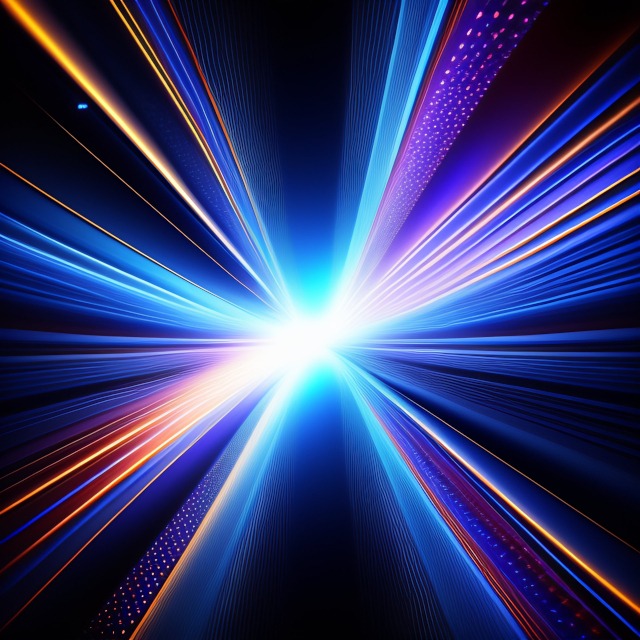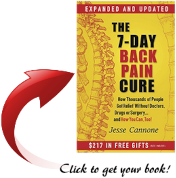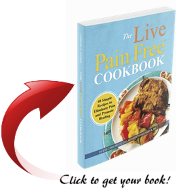Low-Level Laser Therapy (LLLT), also known as cold laser therapy, is a non-invasive medical treatment that uses low-intensity lasers to stimulate cellular function. Devices used in LLLT emit light at low power levels, and do not cause significant heating or tissue damage. While the science behind LLLT is still being studied, it is believed that LLLT works by enhancing cellular metabolism and promoting tissue repair and regeneration. And before we continue, I want to let you know that I am not a medical professional and what follows is not medical advice. It is my hope that you can use this information and take a deeper dive into this topic.

Image by Sketchepedia on Freepik
When the light emitted by the LLLT devices are applied to the cells and tissues, the interaction riggers a variety of physiological responses at the cellular level. These responses can include:
- Pain Reduction: Altering the pain perception pathways and reducing the release of pain mediators, LLLT produced analgesic (pain-relieving) effect, reduces both acute and chronic pain conditions.
- Inflammation Reduction: By preventing inflammatory mediators and promoting the release of anti-inflammatory molecules, inflammation is decreased. Which results in reduced swelling, tenderness, and pain associated with inflammatory conditions.
- Enhanced Healing: Promoting cellular metabolism and reducing inflammation, LLLT can accelerate tissue healing and regeneration processes. It stimulates cellular processes such as collagen production, formation of new blood vessels, and mitochondrial activity. This accelerates the healing of injuries and wounds, and thus, reduces pain and promotes faster recovery.
- Improved Blood Circulation: Increased blood flow to the treated area enhances oxygen and nutrient delivery to tissues and enables the removal of metabolic waste products. Improved circulation promotes tissue repair and helps reduce pain.
- Neurological Effects: Shown to have neuroprotective effects by stimulating nerve regeneration and reducing nerve inflammation. This can be beneficial for conditions involving nerve damage or dysfunction, such as neuropathic pain, peripheral neuropathy, and nerve injuries.
LLLT is commonly administered by healthcare professionals such as physiotherapists, chiropractors, and physicians. Treatment procedures or protocols can vary depending on the condition being treated, as well as the duration of its sessions, and could require several weekly sessions to achieve the desired results. While many studies have shown promising results for LLLT in pain management, more research is needed to fully understand its mechanisms of action and effectiveness for different conditions. As with any medical treatment, it is essential to consult with a healthcare provider to determine if LLLT is appropriate for your specific needs.

LLLT is generally considered safe when administered by trained professionals and following appropriate treatment protocols. However, it is critical to consider side effects and precautions, such as eye protection, medical conditions and certain medications that can affect the body’s ability to heal.
To Your Success & Freedom,
Glenn Shimabukuro



